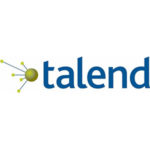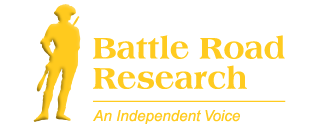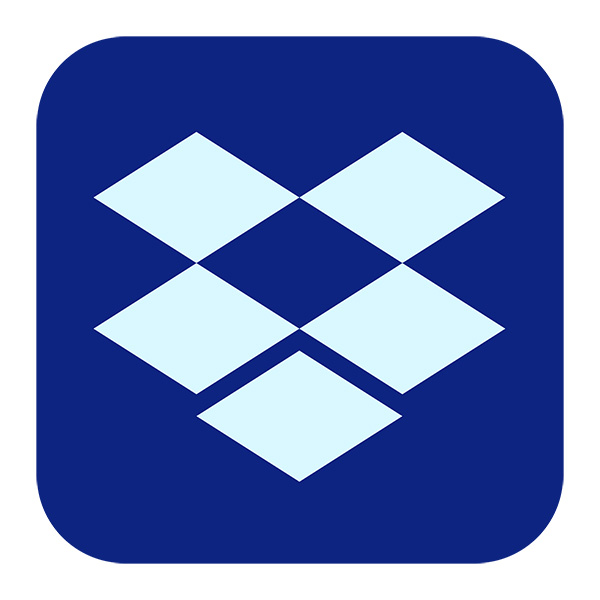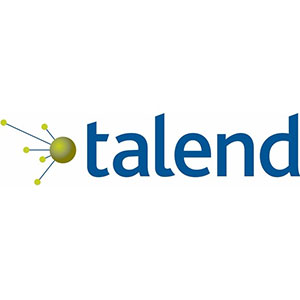Category: independent stock research on IPOs
Dropbox: Keeping Teams in Sync
 Founded in 2007 by Andrew Houston and Arash Ferdowsi, and based in San Francisco, Dropbox (NASDAQ: DBX) provides a cloud-based content collaboration software platform that enables users to share, synchronize, and access digital files. Consensus estimates call for revenue of $1.3 billion and EPS of $0.20 in 2018, followed by $1.6 billion and $0.31 in 2019.
Founded in 2007 by Andrew Houston and Arash Ferdowsi, and based in San Francisco, Dropbox (NASDAQ: DBX) provides a cloud-based content collaboration software platform that enables users to share, synchronize, and access digital files. Consensus estimates call for revenue of $1.3 billion and EPS of $0.20 in 2018, followed by $1.6 billion and $0.31 in 2019.
Dropbox debuted on the NASDAQ on March 23, 2018, in a 36 million Class A share IPO priced at $21, with 26.8 million shares offered by the company, and roughly 9.2 million shares sold by selling shareholders. Thus, the company netted roughly $540 million in the process. The IPO was led by a veritable army of 12 investment banks, including Goldman Sachs, J.P. Morgan Securities, BofA Merrill Lynch, Deutsche Bank Securities, Allen & Company, RBC Capital Markets, and others. Post-offering, there are 53 million Class A shares and 339 million Class B shares for a total of roughly 392 million shares outstanding. At a recent share price of $30, Dropbox’s market cap is roughly $11.8 billion.
With over 500 million registered users, Drop Box has created a digital collaboration platform that enables consumers and businesses to share, synchronize and access digital files. It does so by utilizing proprietary block-level sync technology to speed the process of file uploads and downloads. The company embeds multiple levels of redundancy and security to protect against data loss. Dropbox helps geographically-dispersed work teams stay in synch and share files, a feat which is increasingly important to businesses of all sizes, as 30 percent of full-time employees work primarily on a remote basis, with 20 percent of the workforce comprised of temp workers, contractors, and freelancers, according to a 2016 Deloitte study. Dropbox currently stores over one billion gigabytes of data.
Dropbox is a pioneer of the “freemium” business model, through which a company offers a free version of its product, and attempts to up-sell and cross-sell customers to paid plans. Of the company’s 500 million registered users, 11 million are paying customers. Dropbox offers two subscription services for individuals and microbusinesses, and three plans for businesses. Of the 11 million paying users, 30 percent subscribe to a Dropbox Business plan, while 50 percent of subscribers to its individual plans use Dropbox for work purposes.
Dropbox is as much focused on converting free members to paid memberships as it is converting lower-tier paid subscribers to its higher priced, and more feature rich plans. 40 percent of new Dropbox business teams included a member who was previously a subscriber to a paid individual plan. 300 million of the company’s 500 million users are, according to Dropbox, “more likely than other registered users” to pay over time, based on Dropbox’s analysis of their email domains, devices, and geographies.
Dropbox recorded revenue of $1.1 billion in 2017, growth of 31 percent over the prior year. The company’s gross margin improved to 67 percent, from 54 percent a year earlier. Dropbox narrowed its operating loss from $194 million in 2016, to $114 million in 2017. As the majority of customers opt for an annual plan, Dropbox typically bills customers at the beginning of their subscription term, and thus generates a fair amount of cash up-front. Thus, the company has been free cash flow positive for each of the last two years, with free cash flow of $137 million in 2016, and $305 million in 2017.
Talend: Enterprise Software Upstart
 Talend S.A. (NASDAQ: TLND) is a recent addition to our Battle Road IPO Review Software sector coverage. Founded in 2005 and based in Suresnes, France, Talend is an enterprise software company that provides data integration tools, as well as implementation and consulting services. Consensus estimates call for revenue of $104 million in 2016, followed by $135 million in 2017. Talend is expected to post a loss of $0.97 per share in 2016, and a loss per share of $0.52 in 2017.
Talend S.A. (NASDAQ: TLND) is a recent addition to our Battle Road IPO Review Software sector coverage. Founded in 2005 and based in Suresnes, France, Talend is an enterprise software company that provides data integration tools, as well as implementation and consulting services. Consensus estimates call for revenue of $104 million in 2016, followed by $135 million in 2017. Talend is expected to post a loss of $0.97 per share in 2016, and a loss per share of $0.52 in 2017.
Talend priced its six million American Depository Share (ADS) IPO at $18 per share on July 28th. Each ADS represented one ordinary share. The net proceeds of nearly $92 million went entirely to Talend for general corporate purposes. The transaction was led by Goldman, Sachs & Co., J.P. Morgan Securities, Barclays Capital, Citigroup Global Markets, and William Blair. At a recent share price of $25, Talend’s post-IPO market cap is roughly $700 million.
Talend addresses a well-developed segment of the enterprise software market known as data integration tools. These tools are targeted to IT organizations in large companies to help them extract and prepare data for integration into software applications that are generally custom-built. The Gartner Group estimates the data integration tools market totaled $2.8 billion in 2015, an increase of 11 percent from the prior year. The largest and most established players in the market include IBM, Informatica, Oracle, SAP, and SAS.
Talend, a more recent entrant to the market, takes a more contemporary approach to software development and deployment than many of the market’s long time participants. Thus, Talend uses open source software as a foundation for many of its products, and has utilized the “freemium” model, in which it offers a free, stripped-down version of its software in order to entice users to begin working with the product for internal projects. It can then sell the more full-featured version of the product as a subscription license. The license is generally based on the number of users. This contrasts with the traditional software model, whereby software is sold as a perpetual license, typically based on the size of the CPU onto which the software is loaded.
Talend has targeted IT developers in larger companies, and its software is used by the likes of Allianz, Citi GE, Siemens, and Lenovo. Thus far Talend has deployed its software to more than 1,300 paying customers. Talend derives revenue from software subscriptions, roughly 80 percent of sales, and professional services, the remainder. Overall revenue growth in 2015 was 21 percent, but we note that subscriptions are growing faster than services—a good sign. The company posted a respectable 75 percent gross margin in 2015, but worrisome is the fact that the company generated a $21 million operating loss on a revenue base of $76 million. Hortonworks (NASDAQ: HDP), another relatively recent open source software company IPO, has struggled to achieve profitability as well, and this past month, the company fell to less than half of its IPO price, a warning sign for Talend that it must begin to operate profitably.
Through the first six months of 2016, Talend’s revenue has grown by 36 percent, including 40 percent in software subscriptions. The company’s gross margin was 76 percent, however its operating loss grew markedly from $10 million to $13.5 million through the first six months of this year. We also noted that the company’s accounts receivable DSOs at the end of the June quarter were 99 days, which strikes us as a relatively high figure for a company that sells subscriptions primarily. Post IPO Talend has a good balance sheet, with roughly $100 million cash, including its net proceeds, along with $12 million in debt. To learn more about where Talend trades relative to its software peers, post IPO, please contact Battle Road Research.


